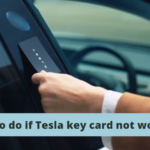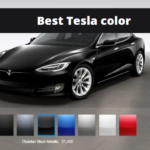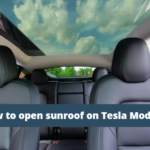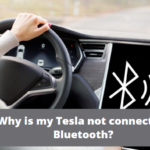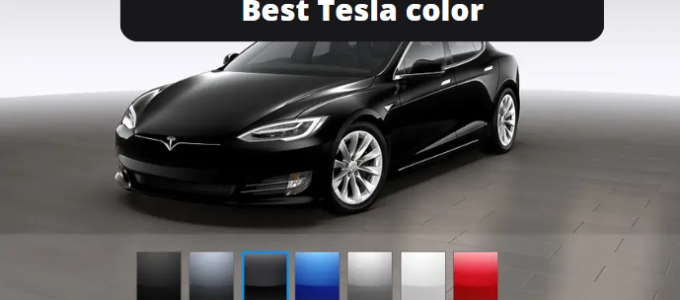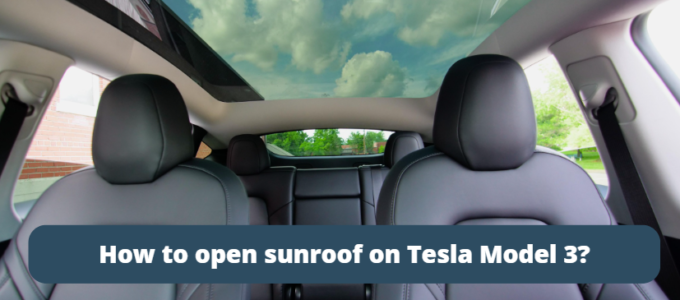Tesla Bluetooth not working refers to the wireless communication technology used in Tesla vehicles to connect and interact with other devices such as smartphones, tablets, and audio systems. Bluetooth allows for the transfer of data and audio signals between devices over short distances without the need for physical cables.
In the case of Tesla vehicles, Bluetooth enables various features and functions. Here are some common uses of Tesla Bluetooth:
1. Phone Connectivity: Tesla vehicles can pair with smartphones via Bluetooth, allowing you to make hands-free calls, access your contacts, and stream music directly from your phone to the car’s audio system.
2. Media Streaming: You can wirelessly stream music from your phone or other Bluetooth-enabled devices to Tesla’s audio system. This allows you to listen to your favorite songs, podcasts, or audiobooks without the need for physical connections.
3. Keyless Entry and Start: Some Tesla models offer a feature called “Phone Key” that allows you to use your smartphone as a key. By connecting your phone to the car’s Bluetooth, you can unlock and start your Tesla without needing a physical key.
4. Software Updates: Tesla vehicles receive regular software updates that bring new features and improvements. These updates can be downloaded and installed wirelessly via Bluetooth, eliminating the need for manual updates or visits to a service center.
Let’s see what Tesla owners write about this on the forum. Click here.
Tesla bluetooth not working. 7 main reasons
If your Tesla’s Bluetooth is not working, there could be several reasons for this issue. Here are some common reasons why Bluetooth may not be functioning properly in a Tesla:
1. Firmware/Software Issues: Sometimes, Bluetooth connectivity problems can be caused by firmware or software issues. It’s possible that your Tesla’s software needs to be updated to the latest version. Try checking for any available software updates through the Tesla mobile app or in the car’s settings menu.
2. Device Compatibility: Ensure that the device you are trying to connect to your Tesla is compatible with the car’s Bluetooth system. Different Tesla models may have different Bluetooth capabilities, so check the owner’s manual or Tesla’s website for compatibility information.
3. Interference: Bluetooth signals can be affected by interference from other devices or sources. Make sure there are no other devices nearby that could be causing interference, such as other Bluetooth devices, Wi-Fi routers, or electronic devices emitting strong signals.

4. Pairing Issues: Ensure that you are following the correct pairing process for your Tesla model. Each Tesla model may have slightly different steps for pairing a device. Refer to the owner’s manual or Tesla’s support documentation for the specific pairing instructions.
5. Bluetooth Reset: Try resetting the Bluetooth system in your Tesla. You can do this by going to the Bluetooth settings menu in your car and selecting the option to reset or restart the Bluetooth system. Afterward, attempt to pair your device again.
6. Device Settings: Check the Bluetooth settings on the device you are trying to connect to your Tesla. Make sure Bluetooth is turned on, and the device is discoverable and not connected to any other device.
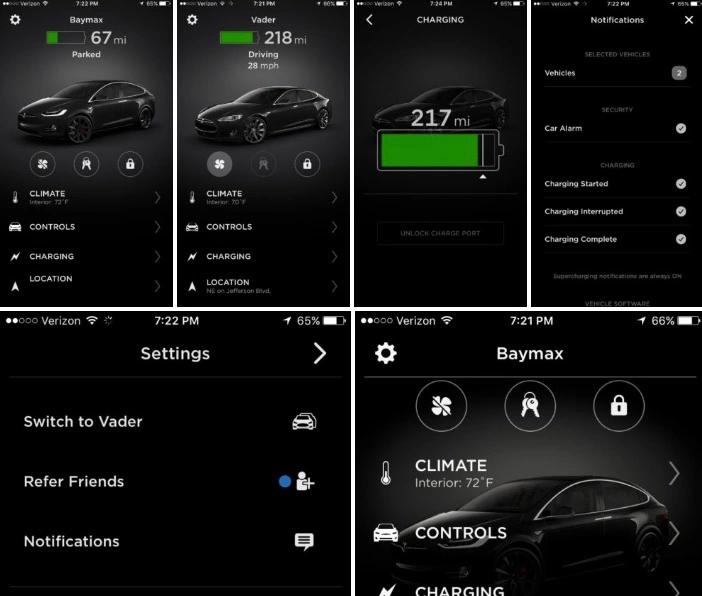
7. Hardware Issues: In some cases, Bluetooth connectivity problems may be due to hardware issues. If none of the above steps resolve the issue, it is recommended to contact Tesla customer support or visit a Tesla service center for further assistance. They can help diagnose any potential hardware problems and provide solutions.
Why is my Tesla not connecting Bluetooth? How to fix it?
If your Tesla is having trouble connecting to Bluetooth, there could be several reasons for this issue. Here are a few troubleshooting steps you can try:
Check Bluetooth Settings
Ensure that Bluetooth is enabled on your Tesla and the device you are trying to connect to. On your Tesla, go to the Bluetooth settings menu and make sure it is turned on. On your device (e.g., smartphone), go to the Bluetooth settings and ensure it is discoverable and not connected to any other device.
Restart Devices
Try restarting both your Tesla and the device you are trying to connect to. Sometimes a simple restart can resolve connectivity issues.
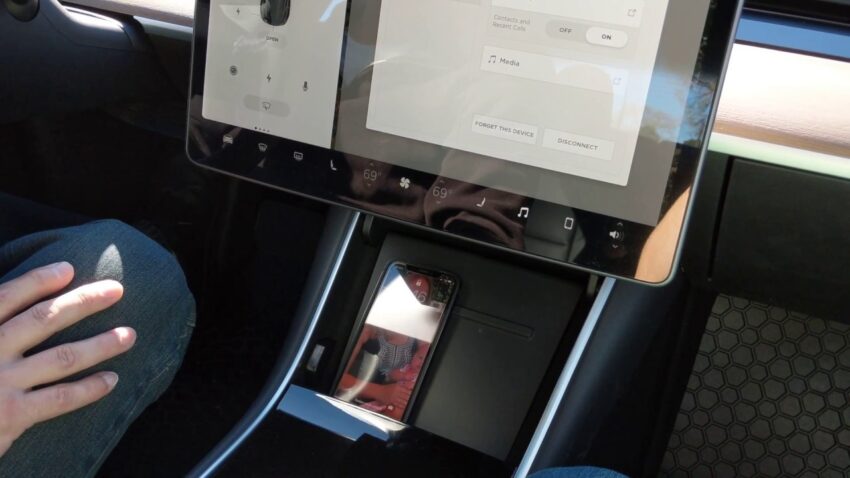
Forget and Re-pair
If restarting doesn’t work, you can try “forgetting” the Bluetooth connection on both your Tesla and the device. On your Tesla, navigate to the Bluetooth settings menu, find the device that is causing issues, and select “Forget this device.” On your device, go to the Bluetooth settings, find your Tesla, and select “Forget” or “Remove.” Afterward, re-pair the devices following the pairing instructions for your specific Tesla model.
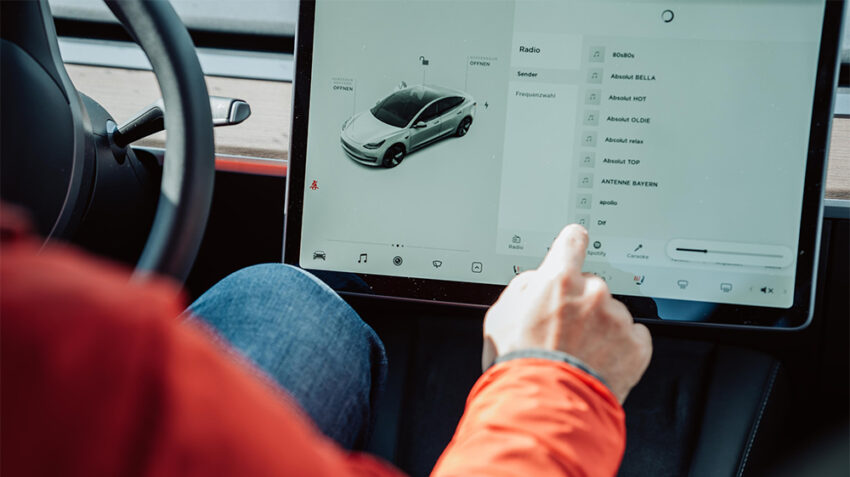
Check Device Compatibility
Ensure that the device you are trying to connect to is compatible with your Tesla’s Bluetooth system. Different Tesla models may have different Bluetooth capabilities, so check the owner’s manual or Tesla’s website for compatibility information.
Software Updates
Make sure your Tesla’s software is up to date. Tesla periodically releases software updates that can address connectivity issues and improve Bluetooth performance. Check for updates in your Tesla’s settings menu or through the Tesla mobile app.
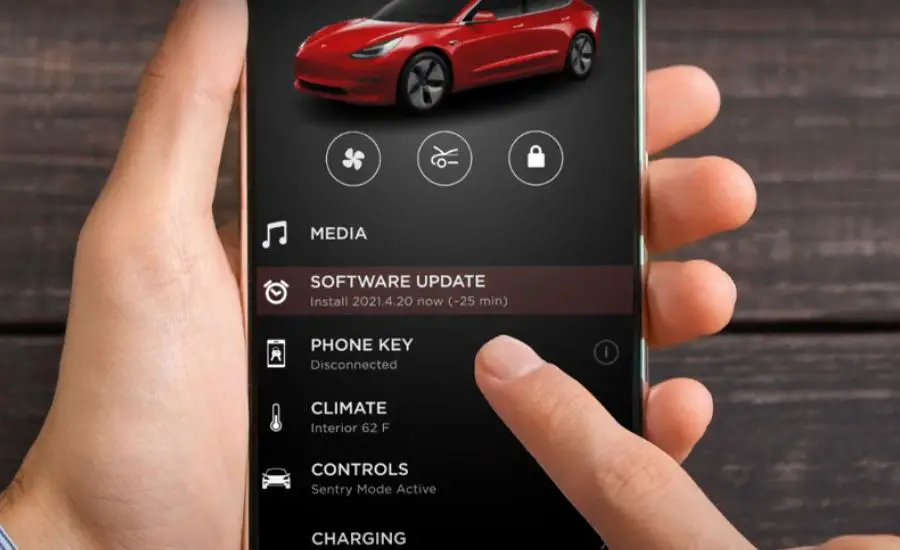
Contact Tesla Support
If the above steps do not resolve the issue, it is recommended to reach out to Tesla customer support for further assistance. They can provide specific troubleshooting steps or guide you through the process of resolving the Bluetooth connectivity problem.
READ ALSO: Tesla matrix headlights. 5 main benefits
FAQs
How Do I Turn On Bluetooth In My Tesla?
To turn on Bluetooth in your Tesla, follow these steps:
1. Start by sitting in the driver’s seat with the car in park and the touchscreen display turned on.
2. On the touchscreen, locate and tap the “Controls” icon in the bottom menu bar. It looks like a car silhouette.
3. Within the “Controls” menu, you will find various settings. Look for the “Phone” option and tap on it.
4. In the “Phone” menu, you should see the Bluetooth settings. Tap on “Bluetooth” to access the Bluetooth settings.
5. On the Bluetooth settings screen, you will see a toggle switch labeled “Bluetooth” at the top. Make sure the switch is in the “On” position to enable Bluetooth connectivity.
6. Once Bluetooth is turned on, your Tesla will start searching for nearby devices to pair with. You can now proceed to pair your smartphone or other Bluetooth-enabled devices with your Tesla.
7. On your smartphone or other device, go to the Bluetooth settings and make sure Bluetooth is turned on. It may be labeled as “Settings” > “Bluetooth” or “Connections” > “Bluetooth” depending on your device.
8. In the list of available devices, you should see your Tesla listed. Tap on it to initiate the pairing process.
9. Follow the on-screen prompts on both your Tesla’s touchscreen and your smartphone/device to complete the pairing process. This typically involves confirming a passcode or PIN.
10. Once the pairing is successful, your smartphone or device should be connected to your Tesla via Bluetooth. You can now enjoy features such as hands-free calling, media streaming, and more.
Remember that specific steps and options may vary slightly depending on your Tesla model and software version. If you encounter any difficulties or have further questions, I recommend consulting your Tesla’s user manual or reaching out to Tesla’s customer support for assistance.
Happy Bluetooth pairing! 🎶🚗
How To Reset Tesla Bluetooth?
If you’re experiencing issues with Bluetooth connectivity in your Tesla and need to reset it, you can try the following steps:
1. Start by sitting in the driver’s seat with the car in park and the touchscreen display turned on.
2. On the touchscreen, locate and tap the “Controls” icon in the bottom menu bar. It looks like a car silhouette.
3. Within the “Controls” menu, look for the “Safety & Security” option and tap on it.
4. In the “Safety & Security” menu, scroll down until you find the “Power Off” option. Tap on it.
5. A confirmation message will appear on the screen, informing you that the touchscreen and other systems will shut down. Tap on “Power Off” to proceed.
6. Once the touchscreen and other systems have shut down, wait for a minute or two.
7. After the waiting period, press the brake pedal to wake up the car and turn on the touchscreen display.
8. Once the touchscreen is back on, go to the Bluetooth settings following the steps I mentioned earlier (Controls > Phone > Bluetooth).
9. Within the Bluetooth settings, you can try removing any previously paired devices by tapping on the device name and selecting “Forget Device” or a similar option.
10. After removing any paired devices, you can attempt to pair your smartphone or other devices again by following the pairing process I described earlier.
By performing these steps, you are essentially rebooting the car’s systems, including the Bluetooth module. This can help resolve any connectivity issues or glitches that may have been affecting Bluetooth functionality.
If resetting the Bluetooth doesn’t resolve the problem, you may want to consider contacting Tesla’s customer support for further assistance. They can provide more specific troubleshooting steps or recommend any necessary software updates or repairs.
Conclusion:
Remember, it’s always a good idea to consult the official Tesla documentation or contact Tesla customer support for the most accurate and up-to-date information regarding your specific model and situation.
